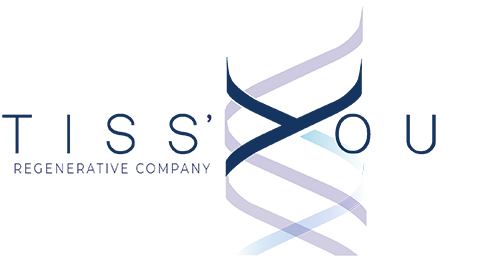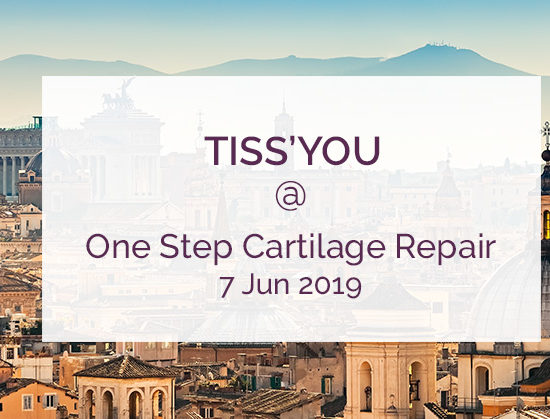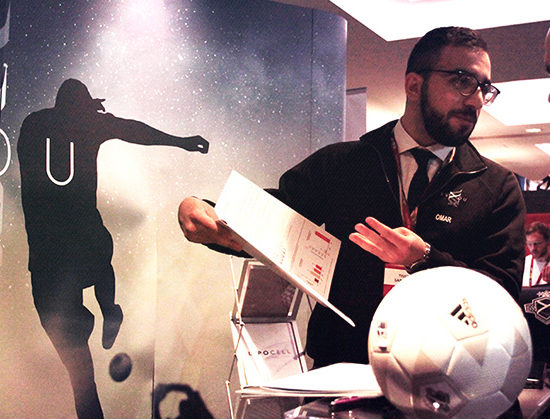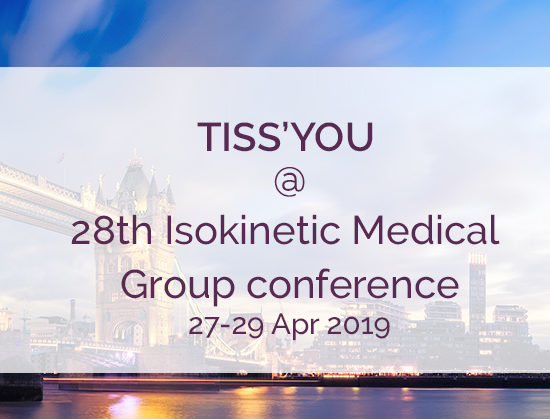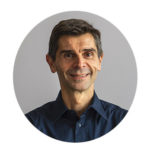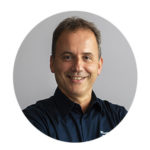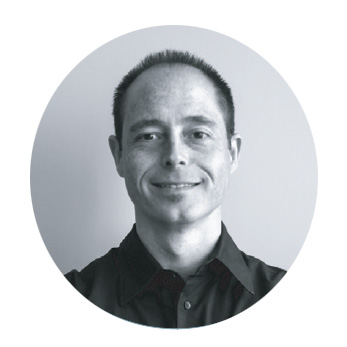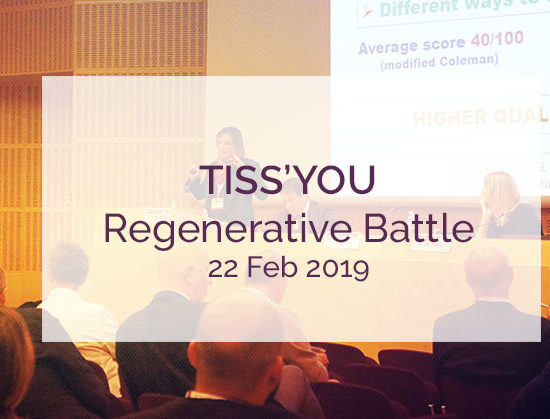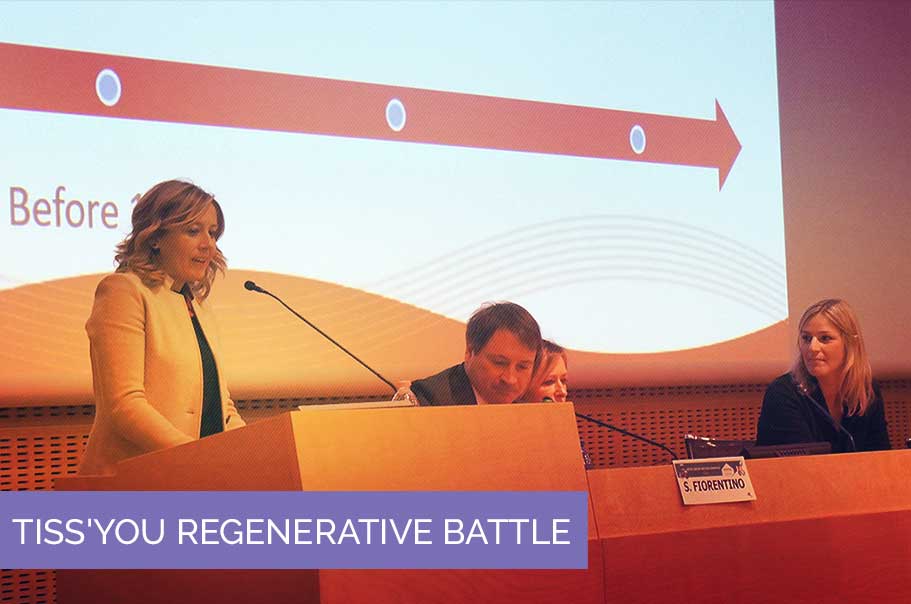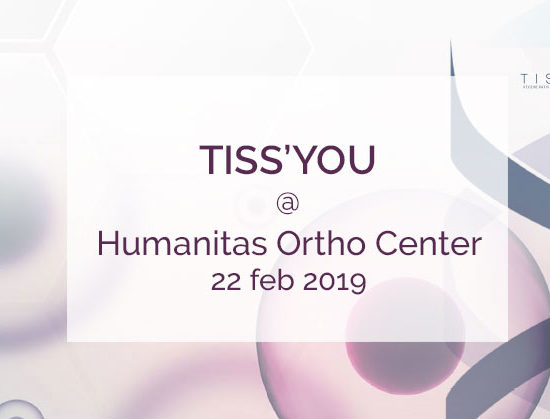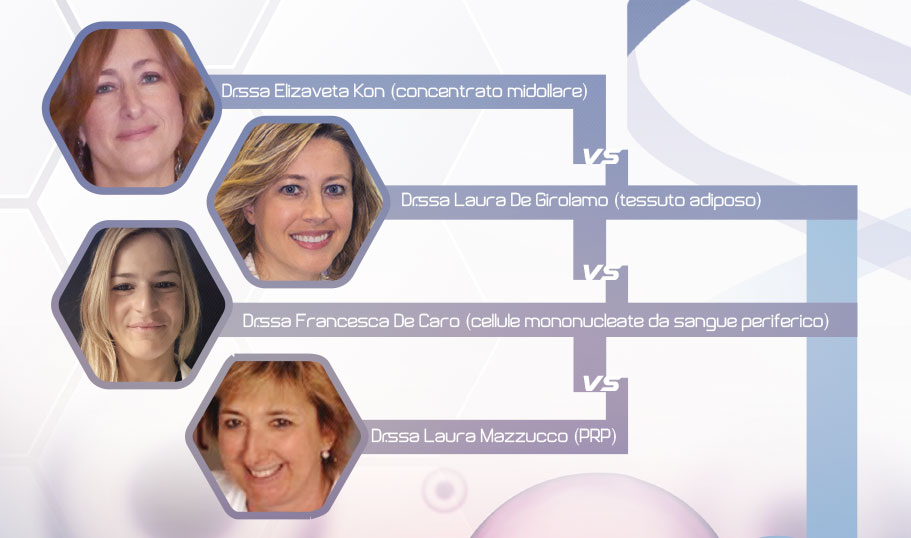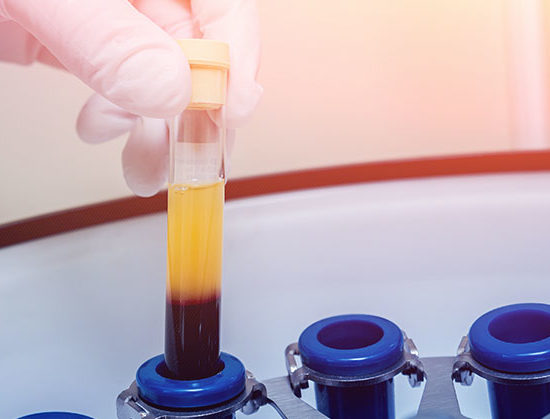Monocytes treatment for hip OA – Case Report
The orthopaedic group led by Dr. Vincenzo Madonna at Humanitas Castelli in Bergamo has published a case report using our device Monocytes.
Regenerative medicine is useful for treating damaged tissues through a minimally invasive approach. In this way, it is possible to prevent major surgeries, or speed up recovery after surgery. When we talk about last-stage osteoarthritis, however, it is necessary to sacrifice the joint with a prosthesis and biological therapies are no longer useful. Nevertheless, cartilage often ages on both joint sides and when it’s time for the implantation of a prosthesis (ed. knee or hip, it is the same), regenerative medicine can be useful in the so-called “contralateral” joint, ie in the opposite side.
In this work, the clinical results of this therapeutic strategy emerge. Before treatment, the patient reported disability and lameness caused by the arthritic condition of her right hip, which was a candidate for prosthesis, but also continuous pain and limitation of mobility on the left side. The replaced hip (the right one) achieved the expected good results, but also the other joint treated (the left one) with Monocytes (ed. mononuclear cells from peripheral blood) showed total pain relief and excellent recovery of mobility, with a very high index of satisfaction from the patient.
Monocytes can restore joint homeostasis through the release of growth factors and inflammation mediators. Moreover, macrophages, which derive from the differentiation of monocytes, can recycle the oxidized elements of synovial fluid such as hyaluronic acid and lubricin, improving the metabolic and mechanical balance of the joint.
We thank all the authors of the work and in particular Dr. Francesca De Caro for the care and sharing of the work, which is available for a consultation below.
Francesca De Caro, Arcangelo Russo, Gabriele Cortina, Marco Collarile, Vincenzo Condello, Vincenzo Madonna. New Trends in Treatment of Osteoarthritis: “From Cells to Metal”. A Case Report of Simultaneous Different Approach to Bilateral Hip Osteoarthritis. Ann Case Report 2019, 11: 247. DOI: 10.29011/2574-7754/100247
Omar Sabry
